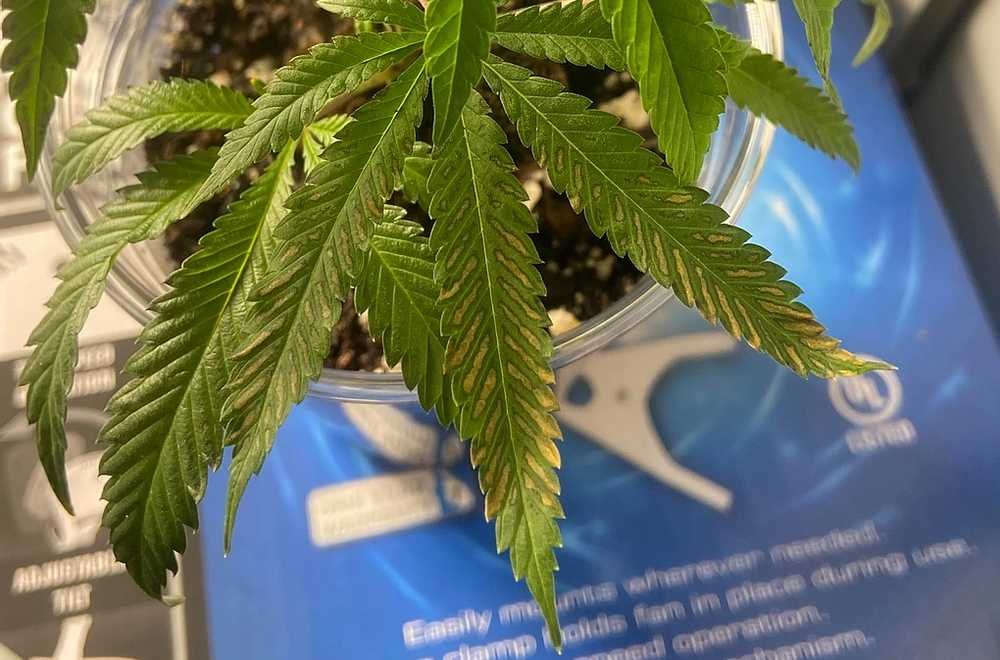Cannabis cultivation is a delicate balance of various factors, including light, temperature, humidity, and nutrients. One often overlooked but critical aspect of successful cannabis growing is pH control. Maintaining the correct pH level in your growing medium and nutrient solutions is essential for ensuring optimal nutrient availability, healthy plant growth, and maximum yields. This article explores the importance of pH control in cannabis cultivation, its impact on plant health, and how to effectively manage pH levels.
Understanding pH
pH is a measure of the acidity or alkalinity of a solution, with a scale ranging from 0 to 14. A pH of 7 is considered neutral, while values below 7 are acidic, and values above 7 are alkaline. In cannabis cultivation, the pH of the growing medium and nutrient solutions plays a pivotal role in determining how well plants can absorb nutrients.
The Importance of pH Control
1. Nutrient Availability:
The most critical reason for controlling pH in cannabis cultivation is to ensure optimal nutrient availability. Each nutrient is absorbed by cannabis plants at specific pH ranges. If the pH is too high or too low, certain nutrients become unavailable to the plants, leading to deficiencies and poor growth. For instance, essential nutrients like nitrogen, phosphorus, and potassium are best absorbed by cannabis plants within a pH range of 5.5 to 6.5 in hydroponic systems and 6.0 to 7.0 in soil.
2. Prevention of Nutrient Lockout:
Nutrient lockout occurs when nutrients are present in the growing medium but cannot be absorbed by the plant due to improper pH levels. This can lead to visible symptoms of nutrient deficiencies, such as yellowing leaves, stunted growth, and reduced yields. By maintaining the correct pH, growers can prevent nutrient lockout and ensure that plants receive all the essential nutrients they need.
3. Healthy Root Development:
The root zone, or rhizosphere, is where nutrient and water uptake occurs. Maintaining the proper pH in the root zone is crucial for healthy root development. Roots thrive in a pH environment that allows for the maximum availability of nutrients. Proper pH levels also promote beneficial microbial activity in the root zone, which further aids nutrient uptake and plant health.
4. Optimal Growth and Yields:
When cannabis plants can efficiently absorb nutrients, they grow more vigorously and produce higher yields. Proper pH control ensures that plants can take up the maximum amount of nutrients, leading to robust growth, larger buds, and higher cannabinoid and terpene content. This is especially important for commercial growers who aim to produce high-quality cannabis consistently.
5. Disease and Pest Resistance:
Healthy plants are more resistant to diseases and pests. Proper pH control contributes to overall plant health by preventing nutrient deficiencies and promoting strong root systems. Plants with adequate nutrition and robust roots are better equipped to resist environmental stresses, diseases, and pest infestations.
Managing pH Levels
Effective pH management involves monitoring and adjusting the pH levels of both the growing medium and the nutrient solutions. Here are some steps and tips for maintaining proper pH control in cannabis cultivation:
1. Regular Testing:
Regularly test the pH of your growing medium and nutrient solutions using reliable pH meters or test strips. This allows you to catch any pH imbalances early and make necessary adjustments. Aim to test pH at least once a week, or more frequently if you notice any signs of nutrient deficiencies or imbalances.
2. Adjusting pH:
Use pH-up and pH-down solutions to adjust the pH of your nutrient solutions. These products are specifically designed to safely raise or lower the pH without harming your plants. When making adjustments, do so gradually and test frequently to avoid overcorrecting.
3. Buffering Agents:
Buffering agents can help stabilize pH levels in your growing medium. These agents work by neutralizing acids and bases, maintaining a consistent pH environment for your plants. Some growing mediums, such as coco coir, naturally have buffering properties, while others may require additional buffering agents.
4. Choosing the Right Growing Medium:
Different growing mediums have different pH requirements and buffering capacities. Soil, for example, tends to be more forgiving with pH fluctuations, while hydroponic systems require more precise pH control. Choose a growing medium that suits your cultivation style and pH management capabilities.
5. Nutrient Solutions:
Ensure that your nutrient solutions are formulated for cannabis cultivation and compatible with the pH range you are targeting. Some nutrient brands offer pH-balanced formulations that simplify pH management. Always follow the manufacturer’s instructions for mixing and adjusting nutrient solutions.
6. Organic Amendments:
Organic amendments, such as compost, worm castings, and humic acids, can help stabilize pH levels and improve nutrient availability in soil-based systems. These amendments provide a slow release of nutrients and beneficial microbes that enhance soil health and buffer pH fluctuations.
pH control is a fundamental aspect of cannabis cultivation that directly impacts nutrient availability, plant health, and yields. By maintaining the correct pH levels in your growing medium and nutrient solutions, you can ensure that your cannabis plants receive the essential nutrients they need for optimal growth and productivity. Regular testing, proper adjustments, and the use of buffering agents and appropriate growing mediums are key strategies for effective pH management. Whether you are a hobbyist or a commercial grower, understanding and controlling pH is crucial for achieving successful and high-quality cannabis cultivation.



